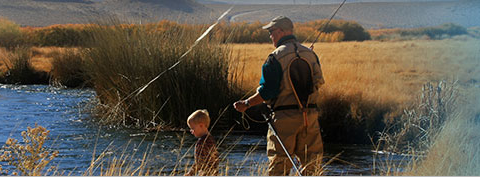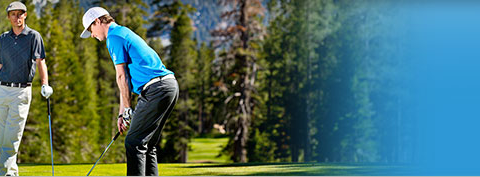Shoulder
Normal Anatomy of the Shoulder Joint
The shoulder is the most flexible joint in the body making it very susceptible to instability and injury. It is a 'ball-and-socket' joint. A ‘ball' at the top of the upper arm bone, humerus, fits neatly into a 'socket’, called the glenoid, which is part of the shoulder blade, or scapula.
To know more about Normal Anatomy of the Shoulder joint click on tab below.
SLAP Tears
Superior labrum anterior-to-posterior (SLAP) tears were first described in 1985 from findings on arthroscopic surgeries [1]. SLAP tears occur when the gasket-like cartilage of the labrum is torn in an anterior to posterior direction. They are frequently asymptomatic but may be present in up to 26% of shoulder arthroscopies [2].
To know more about SLAP Tears click on tab below.
Scapulothoracic Dissociation
Scapulothoracic dissociation is a rare and potentially life-threatening injury with a mortality rate of approximately 11%. Often associated with polytrauma, scapulothoracic dissociation has the potential to be overlooked in the acute setting. This can lead to delayed diagnosis and treatment of this potentially debilitating injury. Therefore, awareness of this condition should be high in patients with high-energy shoulder girdle injuries.
To know more about Scapulothoracic Dissociation click on tab below.
Shoulder Instability
Shoulder instability is a chronic condition that causes frequent dislocations of the shoulder joint.
To know more about Shoulder Instability click on tab below.
Rotator Cuff Tear
The rotator cuff is the group of tendons in the shoulder joint that keep the ball compressed and centered against the socket during a wide range of motion.. Rotator cuff tears are one of the most common causes of shoulder pain in middle aged adults and older individuals.
To know more about Rotator Cuff Tear click on tab below.
Frozen Shoulder
Frozen shoulder, also called adhesive capsulitis is a condition characterized by pain and loss of motion in shoulder joint. It is more common in older adults aged between 40 and 60 years and is more common in women than men.
To know more about Frozen Shoulder click on tab below.
Shoulder Impingement
Shoulder impingement is the condition of inflammation of the tendons and bursa of the shoulder joint. It is one of the most common causes of pain in the adult shoulder.
To know more about Shoulder Impingement click on tab below.
Clavicle Fracture
Clavicle fracture is a very common sports injury seen in skiers, snowboarders, mountain bikers, or anyone involved in high energy contact sports.
To know more about Clavicle Fracture click on tab below.
Shoulder Arthroscopy
Arthroscopy is a minimally invasive diagnostic and surgical procedure performed for joint problems. Shoulder arthroscopy is performed using a pencil-sized instrument called an Arthroscope.
To know more about Shoulder Arthroscopy click on tab below.
Shoulder Joint Replacement
The shoulder joint has a very wide range of motion. It is a ball and socket joint, where the head of the humerus (upper arm bone) articulates with the socket of the scapula (shoulder blade) called the glenoid.
To know more about Shoulder Joint Replacement click on tab below.





















